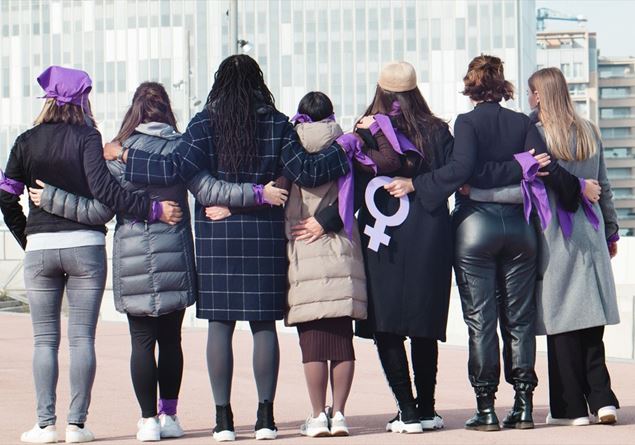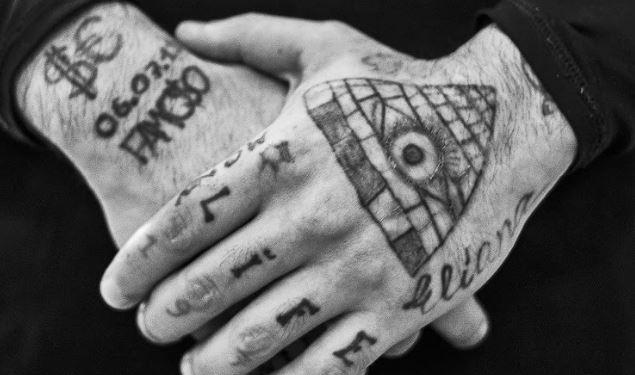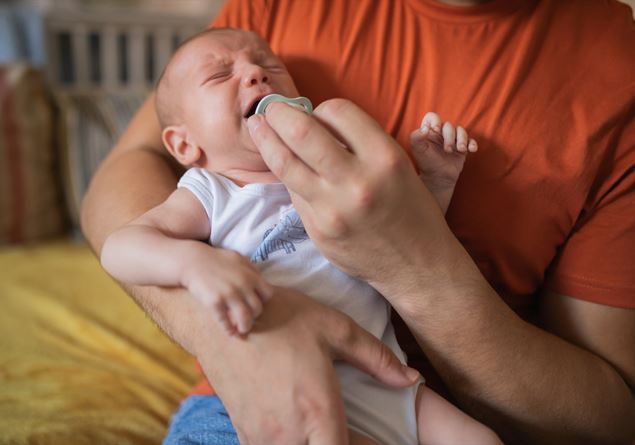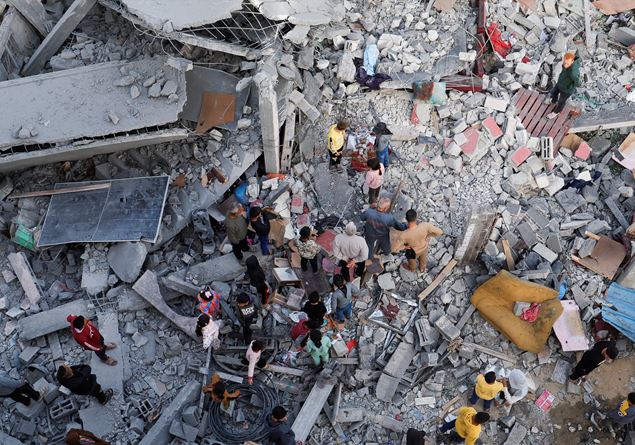A moment of presentation, inside the San Vittore District House.
Behind the bars there are not only faults and sentences. There is poverty. The real one. What is called solitude, psychiatric disease, absence of a house, addiction, lack of identity, abandonment. This is the beating heart of the book The faces of poverty in prisonto be released on 25 November for the Dehonian editions Bologna, the result of the joint work of Rossana Ruggiero and Matteo Pernaselci.
The volume – illustrated yesterday inside the San Vittore district house in the presence of Don Dario Acquaroli, chaplain of the Bergamo prison – was born from an experience lived for over a year in this institute. White and white photographs – raw and poetic – accompany equally intense texts, which give voice to the faces behind the cells. «They are not numbers, nor freshmen, and not even the crime committed. They are people, “Cardinal Matteo Maria Zuppi writes in the preface, who speaks of the prison as of the” purgatory “of our society:” The opposite of hell is not limbo, but hope “.
The volume is a vibrant testimony that shakes consciences and prejudices. Through the words and shots of those who lived the prison experience as a reporter and as a witness, readers meet stories such as that of Berrich, Tunisian, mother, former nurse and cultural mediator, ended behind bars for a story marked by betrayals and violence. Or that of Pavell, a very young Romanian who grew up in Italy, with a community past and a present in the balance between the passion for football and the desire to record a disc.
But The faces of poverty in prison It’s not just a book. It is a call to listening. “We do not go to prison to judge – recalls Cardinal Zuppi – but to meet, to bring help and face concrete problems”. And in San Vittore, as Giacinto Siciliano, director of the District House, tells these problems are for everyone: many prisoners have psychiatric disorders, many live without identity or family, and often prison is the only refuge in which they finally listen, care, even hope.
«San Vittore – Sicilian says – is what the road takes inside. Foreigners, young people with addictions, women victims of violence. It is the response to the problems of the outside ». Hence the idea of the Ostie laboratory, born with the Casa del Spirito and the arts Foundation: an apparently simple activity that questions the soul. “In the silence of that work – he explains – there is a spirituality that leaves the mark”.
The project was also supported by the San Vincenzo de ‘Paoli company, by the Casa Fondazione among us, from The street observer and from The Roman observer. The pastoral imprint is evident: the echo of exhortation is felt in the stories Evangelii Gaudiumwhen Pope Francis invites to “run the risk of the meeting with the face of the other” (EG 88). And the words of Antonietta, an Apulian prisoner, mother of four children, summarize the effect of this meeting: «I feel alone, but here I found someone listening to me. My cell is no longer just a prison. It is a place where I can change ». To seal the volume is the afterword of Filippo Giordano, professor of economics and prison scholar, who recalls how reintegration must become a value shared by all society, overcoming the logic of the stigma. A necessary book, which arises from a “sin of disbelief”, as Rossana Ruggiero writes: “I had to see with my own eyes and touch what happens in prison, to believe”. And that today becomes a powerful tool to illuminate what we don’t want to see. Because, as Zuppi concludes, “the worst condemnation is the non -sense. But there is always a crack in the wall. And from there it can filter the light ».










